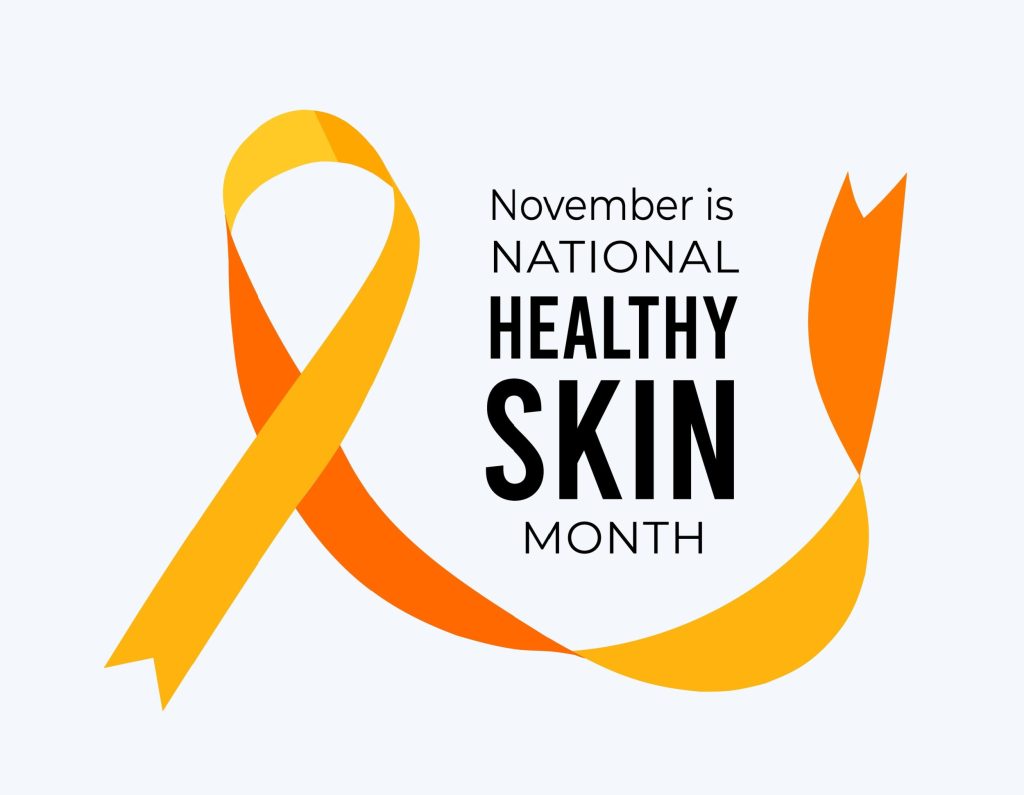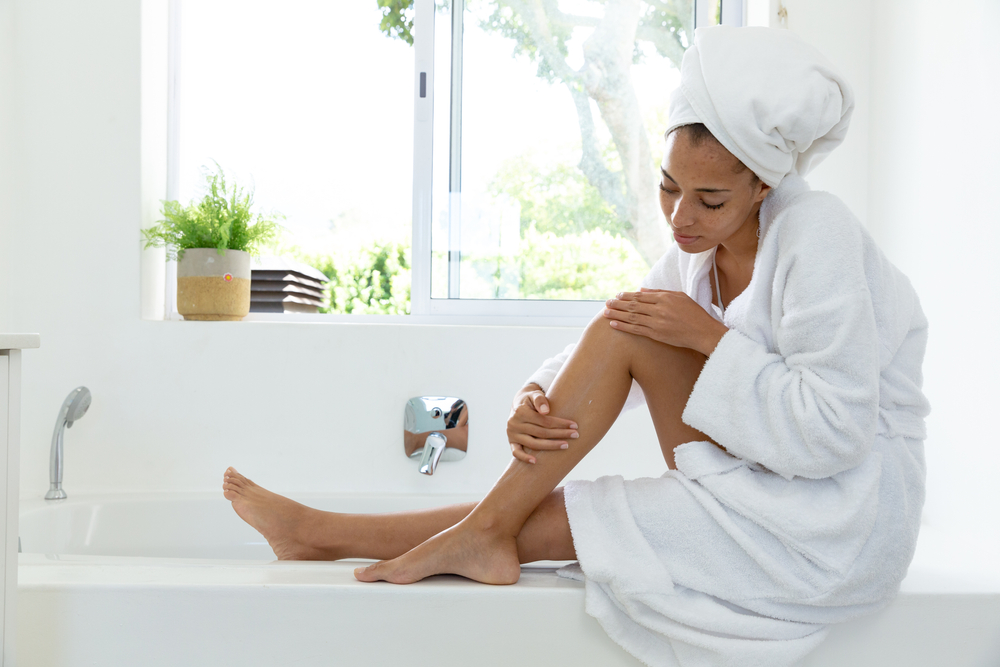
As a new school year begins, so too does a whole host of skin concerns in the classroom. With children and teens spending many hours together in school and in close quarters, skin infections can spread quickly from person to person. Because of this, it’s important to know what to look for in terms of signs and symptoms of common skin infections, and what course of action to take to keep your child’s skin and well-being protected.
At FLDSCC, we see a number of families and children with skin conditions ranging from eczema, rosacea, acne, warts, and rashes, to skin cancer and beyond. Keep reading to learn more about the top five most common skin conditions we see when school is in session, and beyond.
Hand-Foot-and-Mouth Disease
This viral infection is most common in younger children, ages five and below. Most children have symptoms that last between seven and 10 days. Symptoms include fever and flu-like symptoms, sore throat, mouth sores, and a skin rash on the palms of the hands and soles of the feet. Typically, you can treat the symptoms of hand-foot-and-mouth disease by encouraging rest, drinking plenty of fluids, and giving over-the-counter pain and fever reducers like ibuprofen or Tylenol. If you notice your child beginning to show signs of dehydration, or if symptoms of the virus aren’t improving after 10 days, you will need to see your health care provider.
Prevention for hand-foot-and-mouth disease includes:
- Washing yours and your child’s hands for at least 20 seconds with warm water and soap (or using an alcohol-based hand sanitizer if not able) frequently, especially after coughing, sneezing, using the restroom, or touching high-contact surface areas.
- Cleaning surface areas regularly that are touched often, like doorknobs, light switches, and toys.
- Keeping your child home if you believe he/she is sick.
- Asking your child not to touch their face, including eyes, mouth, and nose.
Warts
Common warts are small skin growths that are caused by the human papillomavirus (HPV) and can be spread through direct skin contact or using shared towels, nail tools, and other personal items. Warts are more common in children and adolescents, and normally clear up on their own within a few months. Warts can be bothersome and even embarrassing, so it’s always best to take your child to visit a dermatologist if you notice a breakout. If warts become extremely painful or start to bleed, you will need seek medical care for your child.
To treat warts, your dermatologist may prescribe cryosurgery (freezing), laser therapy, injections, or non-invasive options.
Prevention for warts includes:
- Don’t allow your child to pick at a wart if he/she already has one.
- Avoid direct contact with other warts.
- Avoid biting fingernails.
- Consider using disposable nail care items like emery boards and pumice stones and disinfect nail clippers between uses so germs aren’t spread from person to person.
- Cover open cuts with a Band-Aid.
Head Lice
Head lice are tiny insects that live on the scalp. They are easily transmissible from person to person by direct head-to-head contact, especially in the case of sharing helmets and sports equipment. Lice may also be present in classrooms with carpet and area rugs. Common signs that your child may have lice include itching on the scalp, neck, and ears. The itching is an allergic reaction to the louse bites, which may also lead to sores from scratching. Scratching may also cause skin infections, so it’s important to watch for oozing, breaking, or bleeding in the skin. Often, other issues such as dandruff, appearance of dead hair tissue, scabs and other debris can be mistaken for head lice.
The best course of action if you believe your child has head lice is to see a dermatologist to determine whether or not lice are present. Treatment may include medications (both prescription and non-prescription) such as shampoos, scalp masks, and other topical solutions. It is also suggested that if someone in your household has lice that you wash all bedding, stuffed animals, and clothes that have come in contact with the person, in hot and soapy water, and dry with high heat. You should also clean all hairbrushes and combs, vacuum all floors and furniture, and seal items that cannot be washed in plastic bags for up to two weeks to deprive the lice of air flow.
Prevention for head lice includes:
- Try not to share hats, scarves, hair accessories, headphones, towels, and other personal items with other people.
- Ask your child to avoid head-to-head contact with other children during playtime.
- Be sure your child has their own pillows and blankets for nap or quiet time at school.
Ringworm
Ringworm is a skin infection caused by a type of fungus. It can be easily spread from person to person through skin contact, touching surfaces that have been infected, and sharing personal hygiene items. Symptoms usually include red, scaly, cracked, and itchy skin presenting as a circular rash, shaped like a ring. If you suspect your child has ringworm, a dermatologist can take a fungal culture from their skin and examine it under a microscope. Treatment for ringworm consists of non-prescription antifungal creams, lotions, or other topical products that can be applied to the skin for a few weeks. Prescription oral and topical antifungal medications are also available if the ringworm doesn’t go away with traditional treatment.
Prevention for ringworm includes:
- Keep your child’s scalp clean and dry.
- Don’t sit in wet clothes, including undergarments and socks.
- Washing yours and your child’s hands for at least 20 seconds with warm water and soap (or using an alcohol-based hand sanitizer if not able) frequently, especially after coughing, sneezing, using the restroom, touching high-contact surface areas, or playing with pets.
- Groom fingernails and toenails and keep them clean and dry.
- Avoid sharing personal items with others.
- Avoid walking barefoot in public areas.
Molluscum Contagiosum
Molluscum contagiosum is a benign superficial skin disease caused by a poxvirus that results in small white-, pink- or flesh-colored bumps that can also have a pearl-like appearance. The bumps are smooth and may even have a dimple in the middle. Generally, the bumps do not get any larger than the size of a pencil eraser, although they can become irritated and inflamed. Since the virus lives on the top layer of the skin, lesions can be spread from person-to-person contact, and by sharing personal hygiene items. As long as a person has active sores, it is considered contagious.
Treatment options may include the removal of the lesions via cryotherapy (freezing), laser therapy, or surgery. Oral medications like cimetidine, or topical medications such as podophyllotoxin cream, salicylic acid, or tretinoin may also be considered.
Prevention for molluscum contagiosum includes:
- Have your child avoid scratching a lesion and then touching another area of their body.
- Washing yours and your child’s hands for at least 20 seconds with warm water and soap (or using an alcohol-based hand sanitizer if not able) frequently, especially after coughing, sneezing, using the restroom, touching high-contact surface areas.
- Keep molluscum lesions clean, dry, and covered with clothing or a bandage.
- Avoid sharing personal items with others.
As your child gets back into their new school routine, it’s important to conduct regular at-home skin scans to check for any new or unusual skin, nail, hair, or scalp changes. If you observe anything that looks concerning, or just want peace of mind, you should consider contacting a dermatology expert that can help diagnose and treat skin infections at an early stage.
Contact FLDSCC for All Your Skin Care Needs
Florida Dermatology and Skin Cancer Centers provides a full spectrum of dermatology and skin care services, and its team of physicians, APRNs, and PAs are experts in diagnosing and treating skin cancers with the latest technological options. Medical Director, Dr. K. Wade Foster, is fellowship-trained in Mohs surgery, the most effective technique for most types of skin cancers, with minimal scarring or risk.
For more information about the services that Florida Dermatology and Skin Cancer Centers provides, or to make an appointment for a skin exam, visit www.fldscc.com or contact us at (855) FLD-SKIN.


